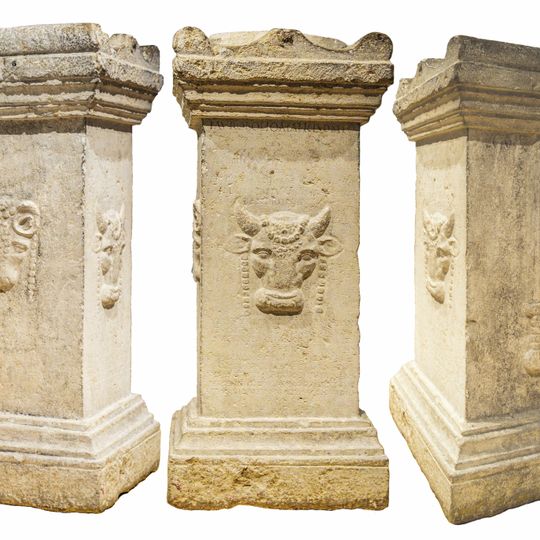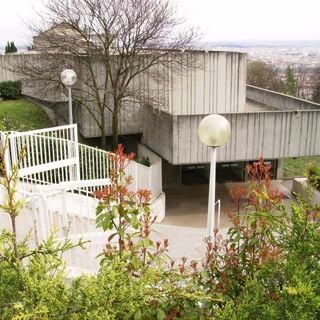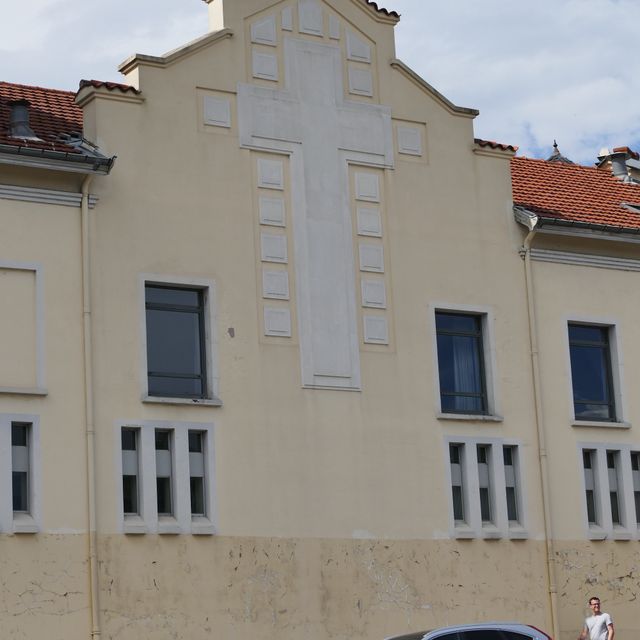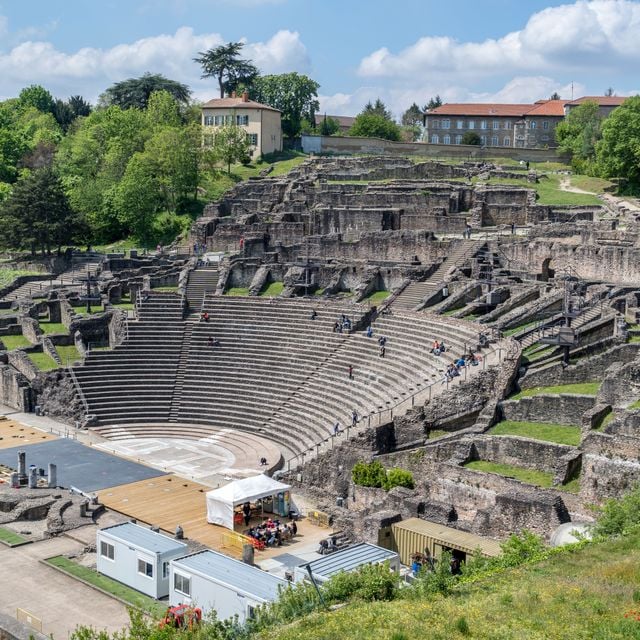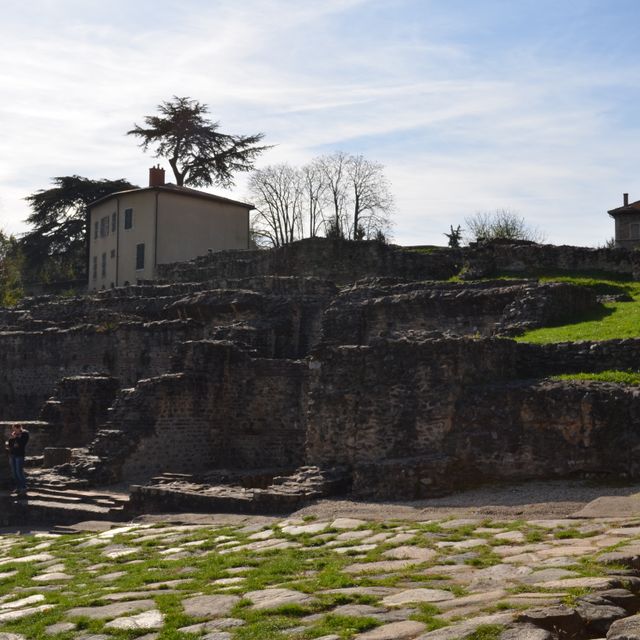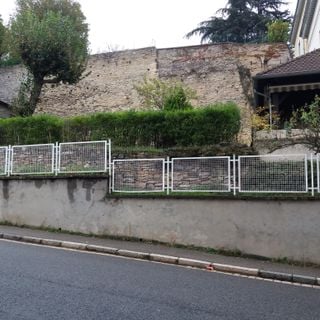Taurobolic Altar, ancient Roman altar in Lyon, France
Welcome to Lyon, France! As your tourist guide, I am excited to take you on a journey through the city's rich history and culture. Today, we will be visiting the Gallo-Roman Museum of Lyon to see the Taurobolic Altar. The Taurobolic Altar is an ancient Roman altar that was discovered in 1704 in a vineyard belonging to Bourgeat on the Fourvière hill. This inscribed altar dates back to the year 160 and refers to a taurobolium that was carried out in Lugdunum to Cybele for the restoration of the emperor Antoninus Pius's health. The altar is made of stone and has intricate carvings and inscriptions on it. It is believed that the taurobolium was a ritual sacrifice where a bull was slaughtered and the person being honored would stand underneath the animal as its blood poured over them. The inscription on the altar mentions the emperor Antoninus Pius, who ruled from 138 to 161 AD, and his health being restored through this ritual. The Taurobolic Altar is now held at the Gallo-Roman Museum of Lyon, which is located in the heart of the city. The museum showcases the history and culture of the Gallo-Roman period, which spanned from the 1st century BC to the 5th century AD. In addition to the Taurobolic Altar, the museum has a vast collection of artifacts, including mosaics, sculptures, and pottery. As you explore the museum, you will learn about the daily life of the Gallo-Roman people, their religion, and their customs. You will also see how Lyon played a significant role in the development of the Roman Empire. In conclusion, the Taurobolic Altar is a fascinating piece of history that provides insight into the religious practices of the ancient Romans. The Gallo-Roman Museum of Lyon is a must-visit destination for anyone interested in the history and culture of this period. I hope you enjoy your visit to Lyon and the Gallo-Roman Museum!
Location: 5th arrondissement of Lyon
Source: Wikimedia

